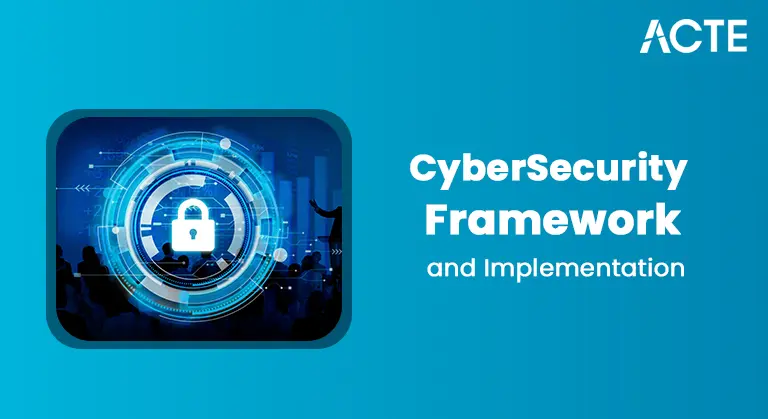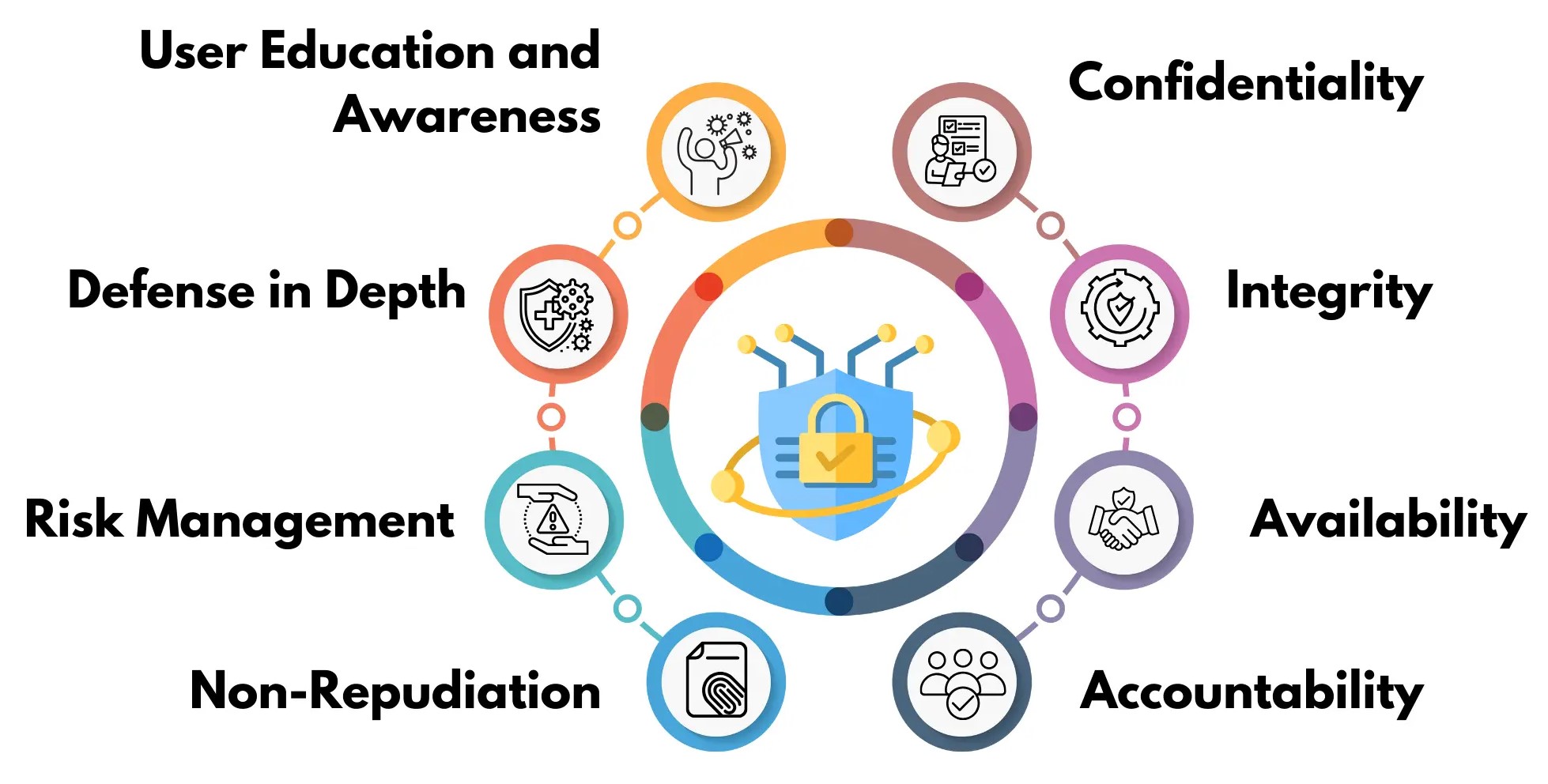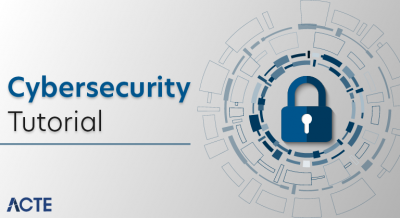
- Introduction to Non-Repudiation
- Core Concepts and Principles
- Importance in Cybersecurity
- Digital Signatures and Hashing
- Role in Secure Communication
- Use in E-Commerce and Banking
- Legal Relevance and Compliance
- Examples of Non-Repudiation Techniques
Introduction to Non-Repudiation
Non-repudiation is a fundamental principle in cybersecurity that ensures a party in a digital communication cannot deny the authenticity of their signature, message, or transaction. In the context of Non-Repudiation in Cyber Security, it plays a critical role in maintaining trust and accountability across digital systems by providing verifiable proof of origin and delivery. This concept is especially vital in secure communications, e-commerce, and data integrity, where actions and decisions must be traceable key elements often emphasized in Cyber Security Training programs. Non-Repudiation Techniques often involve digital signatures, timestamps, audit trails, and encryption to confirm and record identities and actions reliably. These methods make it extremely difficult for individuals to deny involvement in a transaction or the sending of a message. For instance, using tools like a Free Electronic Signature in Word can help individuals and businesses authenticate documents easily while supporting non-repudiation, especially when paired with a secure verification process. In today’s digital landscape, where cyber threats and fraud are growing, ensuring non-repudiation helps protect both users and service providers from false claims and disputes. Whether through advanced cryptographic protocols or simple document signing tools, implementing robust non-repudiation measures is essential for securing digital communication and maintaining legal and operational integrity.
Interested in Obtaining Your Cybercrime Certificate? View The Cyber Security Online Training Offered By ACTE Right Now!
Core Concepts and Principles
- Confidentiality: Ensures that sensitive information is only accessible to authorized users. This principle is critical in e-commerce and banking systems, where protecting customer data from unauthorized access is a top priority.
- Integrity: Maintains the accuracy and consistency of data throughout its lifecycle. Techniques like digital signatures are used to verify that messages or documents have not been altered, ensuring trust in communications an essential topic covered in many Learn Cyber Security Books.
- Availability: Guarantees that systems, applications, and data are accessible when needed. This is especially vital in cloud environments where cloud computing security focuses on minimizing downtime and service disruption.
Understanding the core concepts and principles of cybersecurity is essential for building resilient digital infrastructures. These foundational ideas guide the design, implementation, and maintenance of secure systems across various sectors such as e-commerce and banking, cloud computing security, and network security. From ensuring data integrity to leveraging cyber threat intelligence, the following principles lay the groundwork for defending against evolving cyber risks.

- Authentication: Confirms the identity of users or systems. Strong authentication methods are essential to prevent unauthorized access in network security setups.
- Non-Repudiation: Prevents denial of actions or transactions. By using digital signatures, systems can prove who sent or received specific data, supporting accountability.
- Cyber Threat Intelligence: Involves gathering and analyzing information about current and emerging threats. This principle enables proactive defense strategies and enhances system readiness against potential attacks.
Importance in Cybersecurity
The importance of non-repudiation in cybersecurity cannot be overstated, especially in a digital age where trust, accountability, and data integrity are paramount. Non-Repudiation in Cyber Security ensures that parties involved in communication or transactions cannot deny their participation, providing undeniable proof of origin, receipt, and content integrity. This principle is vital in areas like financial transactions, legal agreements, and confidential communications, Where the authenticity of actions must be verifiable. Organizations rely heavily on Non-Repudiation Techniques such as digital signatures, time stamping, encryption, and secure audit trails to create irrefutable evidence of user actions a concept closely aligned with risk strategies in Vulnerability Management Explained resources. These techniques help mitigate risks associated with data tampering, fraud, and false claims. With tools like a Free Electronic Signature in Word, even small businesses and individuals can implement basic non-repudiation practices to safeguard agreements and digital documents without the need for expensive software. The application of non-repudiation contributes to regulatory compliance, protects organizational reputation, and strengthens digital trust. As cyber threats grow more sophisticated, embedding non-repudiation into security policies and protocols becomes not just a best practice but a necessity for maintaining operational resilience and legal assurance in cyberspace. It empowers organizations to prove responsibility and uphold the credibility of their digital interactions.
To Explore Cybersecurity in Depth, Check Out Our Comprehensive Cyber Security Online Training To Gain Insights From Our Experts!
Digital Signatures and Hashing
- Digital Signatures for Authentication: Digital signatures confirm the identity of the sender, ensuring the recipient knows the message or document came from a verified source crucial in e-commerce and banking to prevent fraud.
- Hashing Ensures Data Integrity: Hash functions convert data into a fixed-length string, helping detect any changes or tampering. If the data changes, so does the hash, making it a powerful tool for verifying integrity a core principle often taught in Cyber Security Training programs.
- Combining Digital Signatures and Hashing: A secure message typically involves hashing the data first and then encrypting the hash with a digital signature, enhancing both integrity and authenticity.
Digital signatures and hashing are essential components of modern cybersecurity practices, providing mechanisms to ensure data authenticity, integrity, and trustworthiness. These technologies play a crucial role in various domains, including e-commerce and banking, network security, cloud computing security, and even cyber threat intelligence. Together, they form the backbone of secure digital communication and transaction validation.

- Network Security Applications: In network security, these tools help verify that transmitted data hasn’t been altered, ensuring secure communication between systems.
- Cloud Computing Security: Hashing and digital signatures are essential in cloud computing security for verifying file integrity and controlling access to cloud-based resources.
- Cyber Threat Intelligence Sharing: When organizations share cyber threat intelligence, hashing helps verify the authenticity and accuracy of threat data, ensuring it’s not compromised during transmission.
- Secure Online Transactions: Digital signatures verify the identity of users during transactions, reducing fraud and ensuring only authorized individuals complete payments or access accounts.
- Data Integrity Protection: Hashing and digital signatures ensure transaction data is not altered, helping both e-commerce and banking systems maintain accurate and tamper-proof records an essential practice in Protecting Sensitive Data with Cybersecurity.
- Fraud Detection and Prevention: Integrating cyber threat intelligence allows financial institutions to detect patterns of fraud and respond swiftly to prevent financial losses.
- Authentication of Financial Documents: Digital contracts, invoices, and statements are secured using digital signatures, ensuring authenticity and legal validity.
- Securing Cloud-Based Banking Platforms: With the rise of online banking, cloud computing security ensures customer data and transactions remain safe in cloud environments.
- Strengthening Network Security: Banks and online retailers rely on advanced network security measures to protect against breaches, unauthorized access, and data leaks.
Role in Secure Communication
In today’s interconnected digital world, secure communication is vital for protecting sensitive data, maintaining privacy, and ensuring trust between parties. One of the most critical elements in achieving this is Non-Repudiation in Cyber Security, which guarantees that the sender of a message or the participant in a transaction cannot later deny their involvement. This is particularly important in legal, financial, and business environments where accountability is non-negotiable. Non-Repudiation Techniques such as digital signatures, time-stamping, and encrypted audit logs help establish authenticity and confirm message integrity, ensuring that the data has not been altered in transit an essential safeguard highlighted in any Overview of Cybersecurity Threats. These methods work hand in hand with encryption to secure both the content and origin of the communication. For individuals and small businesses, using tools like a Free Electronic Signature in Word offers a practical way to digitally sign documents, providing a basic level of non-repudiation without complex infrastructure. By embedding non-repudiation into secure communication protocols, organizations not only protect their data but also uphold the credibility and legal standing of their digital interactions. Whether it’s email exchanges, contract agreements, or financial transactions, integrating these techniques ensures that all parties are held accountable, reducing the risk of fraud and fostering a secure digital environment.
Looking to Master Cybersecurity? Discover the Cyber Security Expert Masters Program Training Course Available at ACTE Now!
Use in E-Commerce and Banking
In the fast-paced world of e-commerce and banking, ensuring secure, seamless, and trustworthy digital transactions is crucial. Technologies like digital signatures, encryption, and real-time monitoring play a major role in protecting sensitive customer data and financial assets. These tools, combined with strong network security and proactive cyber threat intelligence, help organizations build user trust and maintain regulatory compliance. Below are six key ways these technologies are applied in the sector:
Legal Relevance and Compliance
Legal relevance and compliance are critical components of any digital system, especially in sectors like e-commerce and banking, where data integrity and user authentication are paramount. The use of digital signatures has become legally recognized in many jurisdictions, providing a secure and verifiable method to sign contracts, authorize payments, and validate documents electronically. These signatures not only ensure the authenticity of the signer but also enhance non-repudiation, reducing the chances of legal disputes. In the realm of network security, maintaining compliance with laws such as GDPR, PCI DSS, or HIPAA requires organizations to implement secure communication protocols and protect sensitive customer data key concerns often compared in Cybersecurity vs. Network Security discussions. Regulatory frameworks also emphasize the importance of cyber threat intelligence, which enables organizations to identify and respond to threats proactively, thereby reducing legal liabilities arising from data breaches. Moreover, as more financial institutions migrate to cloud environments, cloud computing security has gained significant legal attention, requiring strict adherence to standards that ensure data privacy and infrastructure resilience. Ensuring compliance with these legal standards not only protects organizations from regulatory fines but also builds consumer trust. By embedding these legal and technical practices into their operations, businesses demonstrate due diligence and commitment to upholding the integrity of digital transactions and communications.
Preparing for Cyber Security Job Interviews? Have a Look at Our Blog on Cyber Security Interview Questions and Answers To Ace Your Interview!
Examples of Non-Repudiation Techniques
In the evolving digital landscape, ensuring accountability and trust in communications and transactions is vital, making Non-Repudiation in Cyber Security a cornerstone of modern security practices. Several effective Non-Repudiation Techniques are used to prevent individuals from denying their involvement in a digital action or transaction. One widely adopted method is the use of digital signatures, which provide verifiable proof of the sender’s identity and confirm that the data has not been altered. Time-stamping is another essential technique, recording the exact moment a document or message was sent or signed, further reinforcing authenticity. Secure audit logs, which track user actions within a system, also support non-repudiation by creating a traceable activity record a concept commonly highlighted in Cyber Security Training programs. Hashing plays a critical role by ensuring data integrity if the data changes, the hash changes, signaling tampering. Certificate authorities (CAs) are used to validate the authenticity of digital certificates, adding another layer of trust. For individuals and small businesses, tools like a Free Electronic Signature in Word offer a practical and accessible way to implement non-repudiation by signing and sharing documents securely. Together, these techniques not only strengthen cybersecurity frameworks but also enhance legal credibility and protect against fraud, ensuring accountability in both communication and transactions.




